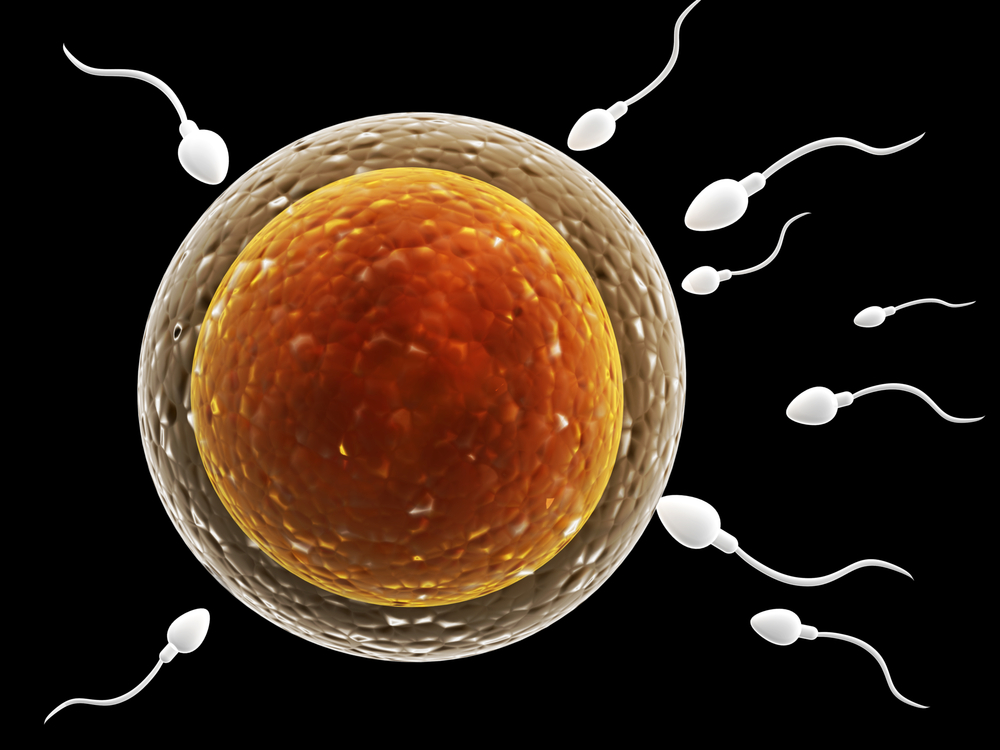New Technique of Generating Egg Cells in Lab Could Help Prevent Mitochondrial Disease in Future

A new technique called in vitro gametogenesis (IVG), where any type of adult cell can be reprogrammed to become an egg or sperm cell, could in theory be used to prevent mitochondrial disease.
This is according to a perspective on policy article published in the journal Science Translational Medicine and titled “Disruptive reproductive technologies.”
The method, which is currently experimental and has only been successful in mice, could open up a new sphere of therapeutic possibilities, not only for mitochondrial disease but also to treat infertility as an option for children who undergo cancer treatment that damages their reproductive systems; as an alternative to traditional IVF where ovaries must be stimulated with hormone injections to produce eggs; or simply for research purposes to understand the underlying genetic cause of infertility or other genetic conditions.
In the case of mitochondrial disease, IVG could be used to prevent the disease by selecting egg cells derived from induced pluripotent stem cells (iPSC) that have a lower proportion of mutated mitochondrial DNA. This way, women could possibly have children free of mitochondrial disease.
However, the technique is fraught with legal and ethical concerns. These include the destruction of a large number of embryos during the process of refining the technique; the potential commodification of human reproduction as a result of cheap and rapid generation of multiple embryos; and the pre-implantation genetic diagnosis to select for the “best” embryos based on traits other than health and disease.
Also, the ease of genetically editing the iPSC-derived egg or sperm cells using the emerging CRISPR/Cas9 technology, since there is a large supply of egg cells available; and finally the risk of unauthorized use of an individual’s hair or skin cells, for example, to generate human embryos.
“It is critical for law and medical ethics to grapple with the far-ranging implications of this new technology,” the first author of the commentary, Prof. I. Glenn Cohen, a professor at Harvard Law School, said in a press release.
It is unlikely the technique will be used in the clinic in the foreseeable future. However, the authors warn that some clinical uses may arrive sooner than anticipated if we consider how fast science and technology are advancing. Therefore, scientists, bioethicists, policymakers, legal scholars and the public should start considering the implications of IVG, they wrote.
“Emerging technologies carry enormous promise but can also be profoundly disruptive,” said Dr. George Daley, dean of Harvard Medical School and co-author of the article. “Aligning their promise with ethical and legal considerations is an imperative not only for scientists but for the society as a whole. To do so, we must initiate vital conversations early and engage the public. Nothing less will do on our quest to ensure that we strike the right balance between our most audacious scientific pursuits and our core ethical and legal principles.”






